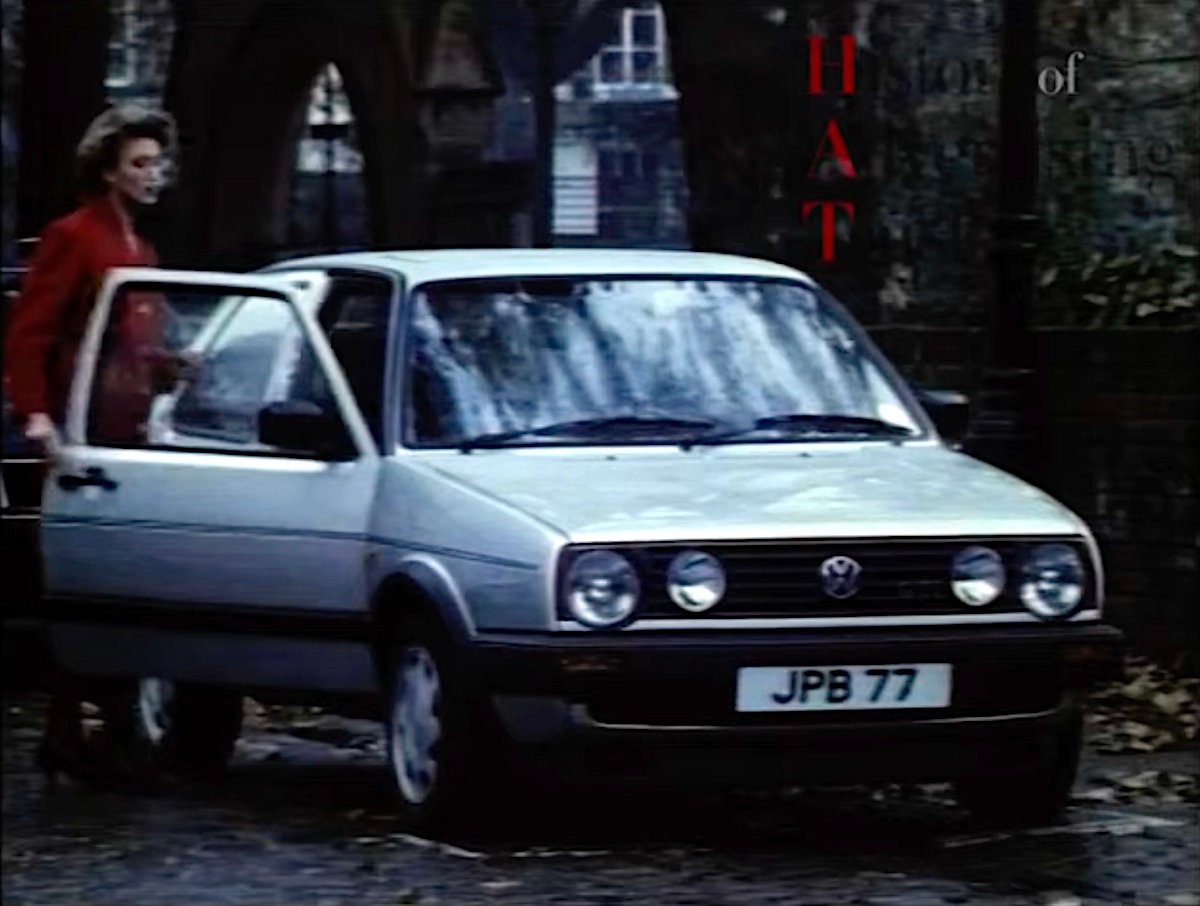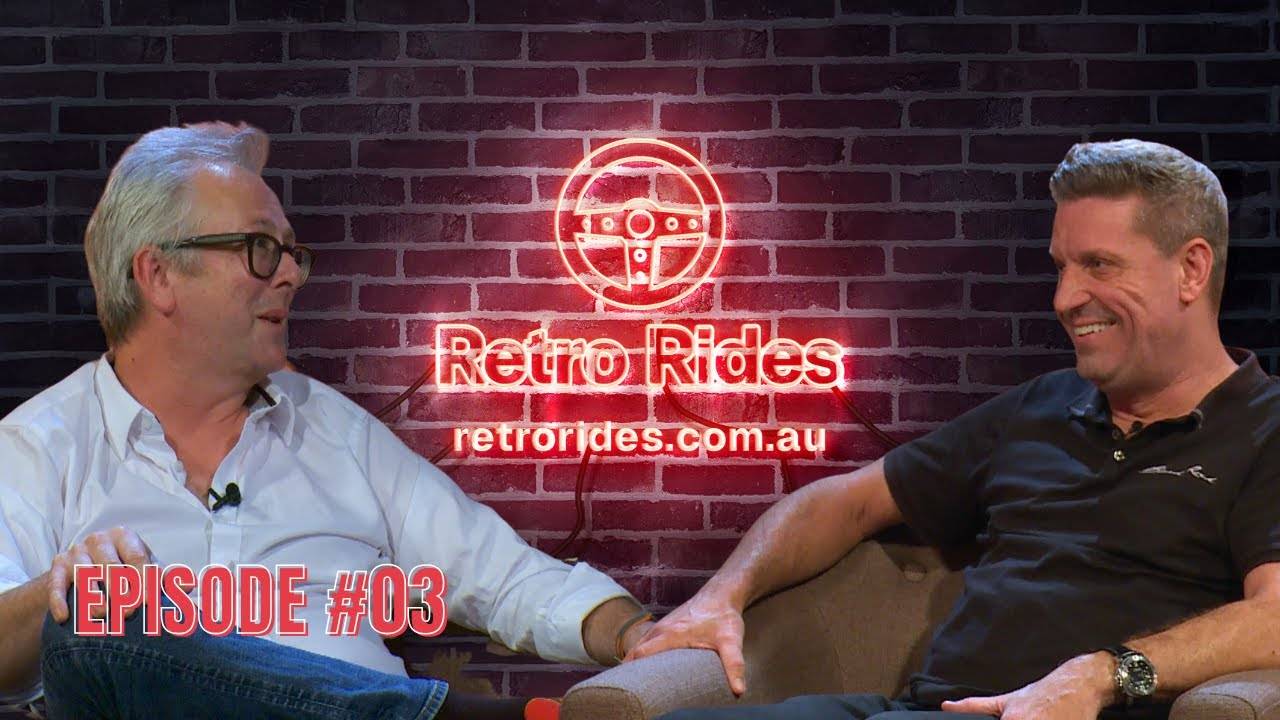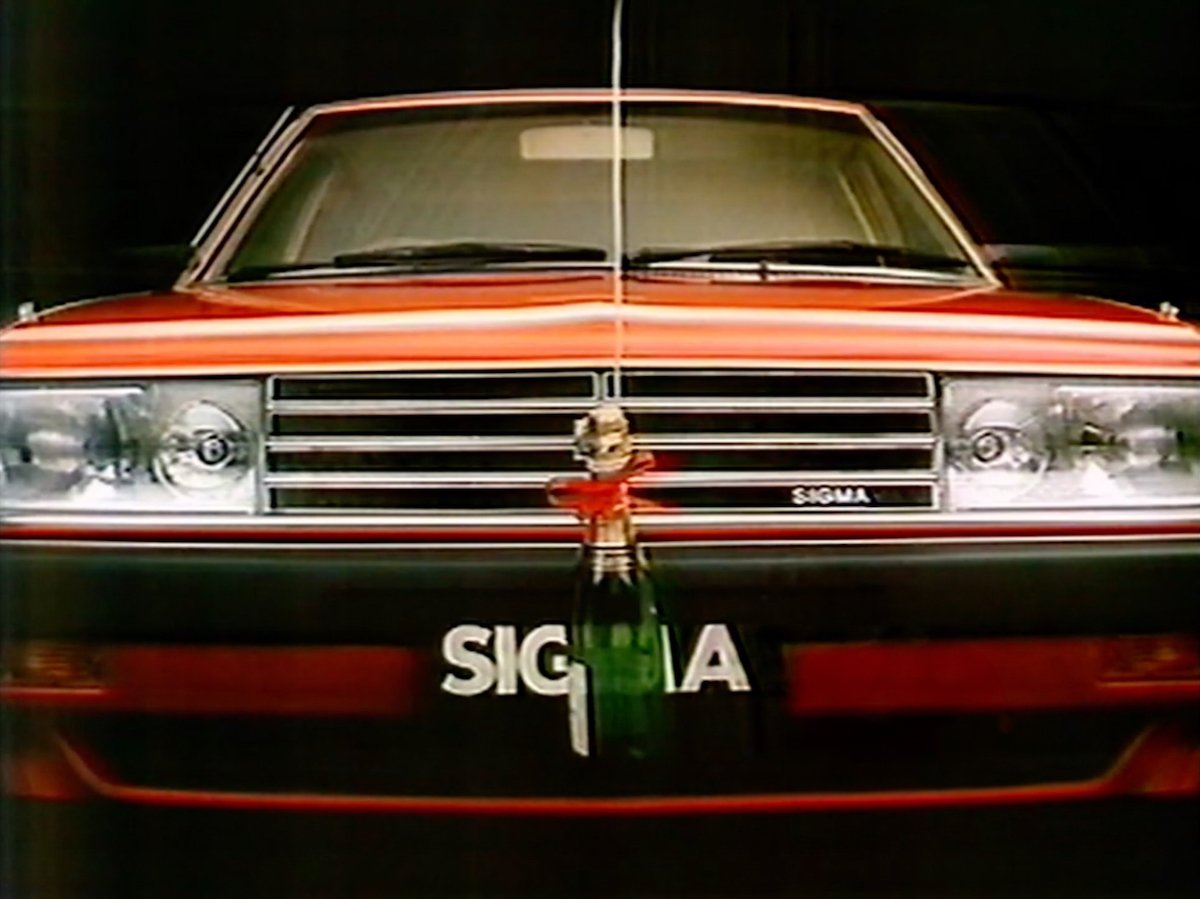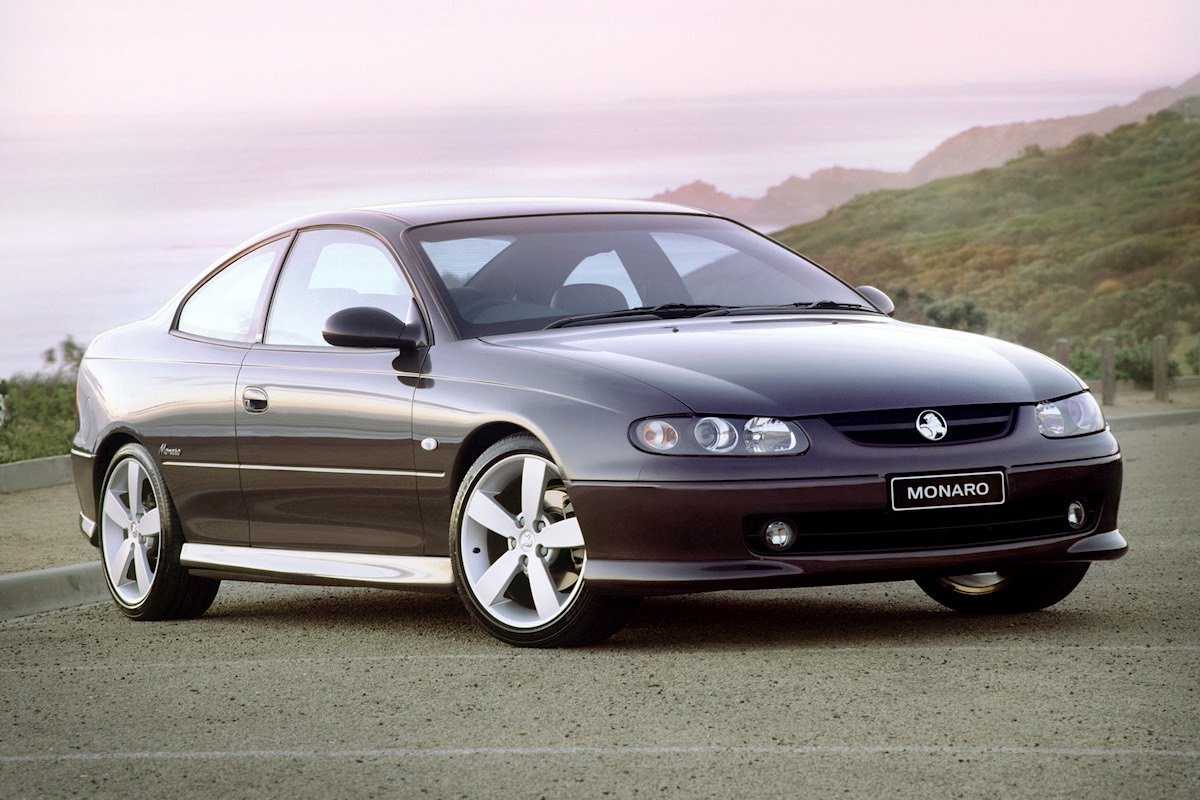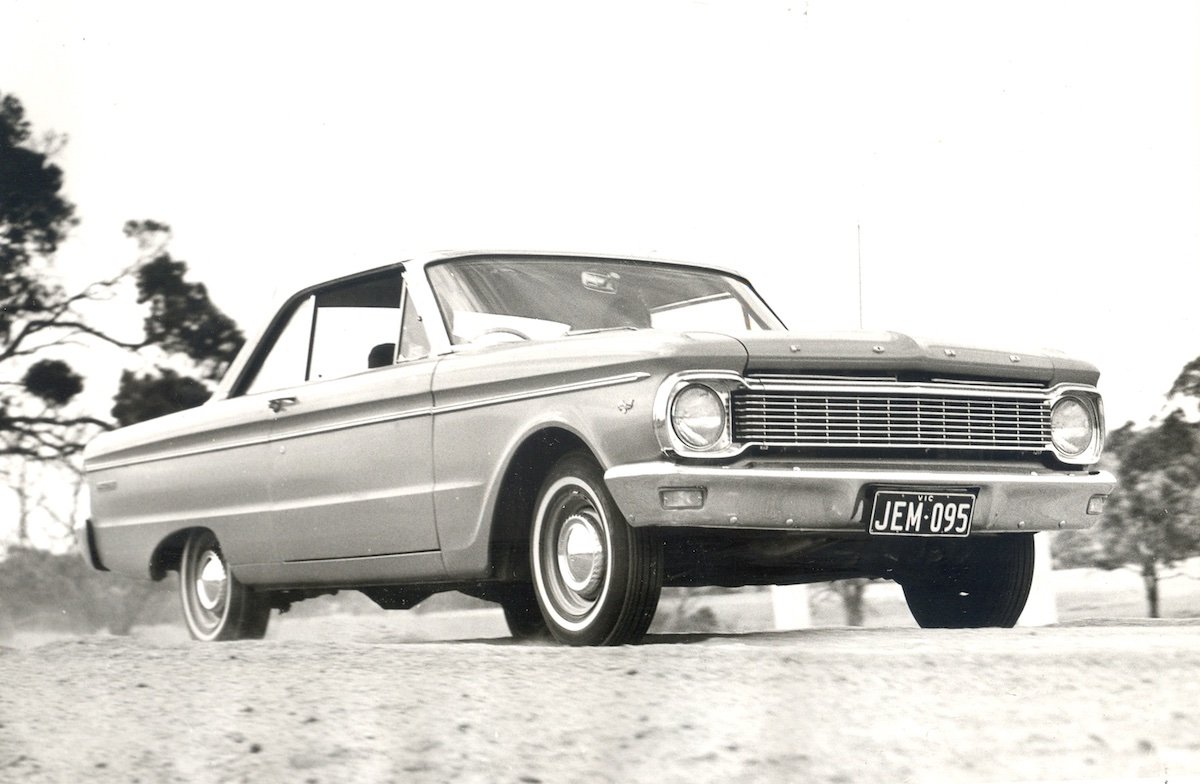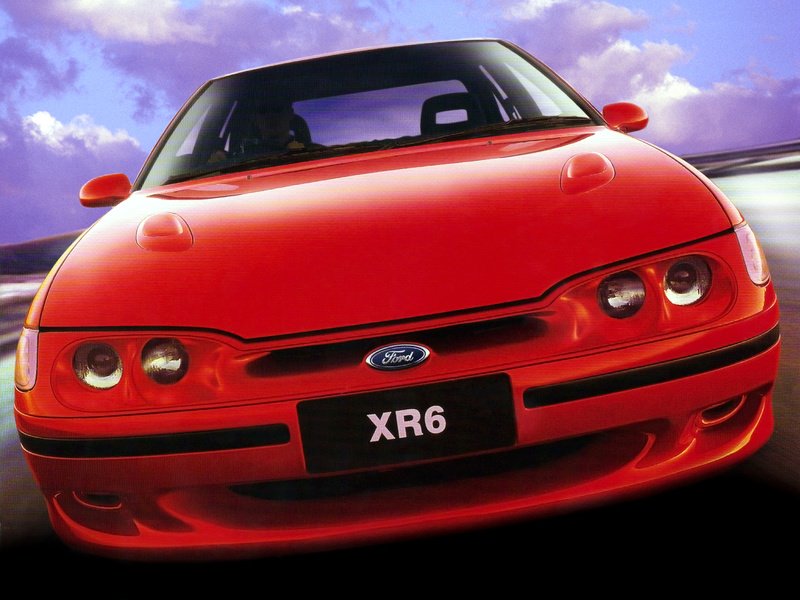Extraordinary Engines: Why the Gen III V8 Engine was a performance hero
Glenn Torrens•22 August, 2024
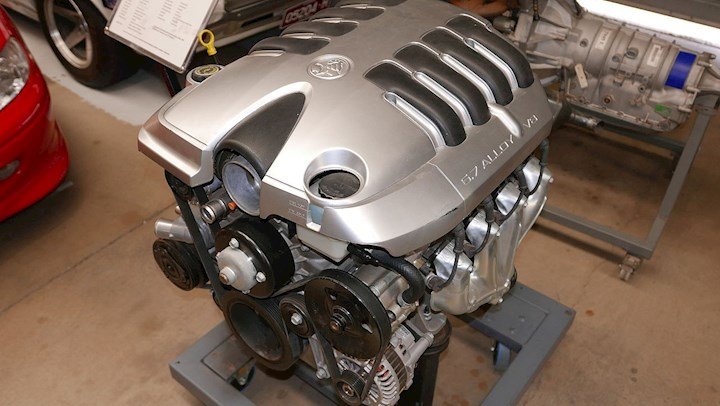
The Holden 5.7L V8 LS1 - Image Driving Line
How the US-sourced Gen III V8 put a cracker under the bonnet of Holden’s mid-1999 VT2 Commodore.
IN 2024, IT WILL BE 25 years since Holden unleashed its new all-alloy, 5.7-litre GM V8 onto the Australian market, immediately making the 5.0-litre V8 powering its arch-rival the Ford Falcon look old hat.
Introduced with a ‘Gen III V8’ badge positioned below new, clear-lens side indicators on the freshly updated VT2 Commodores of mid-1999, the new engine’s pedigree looked impressive, sharing under-bonnet space as it did with the US-market Chevrolet Corvette sportscar. Tagged LS1 in GM’s production paperwork, and manufactured at GM’s St. Catharines, Ontario, assembly plant in Canada, the new 5.7-litre unit proved an eminently suitable replacement for Holden’s Aussie-made 5.0-litre iron-block V8, that traced its lineage back to 1969.
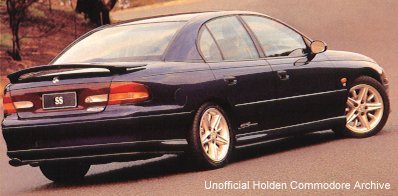
VT SS Commodore V8 - Image unofficial Holden Archive
The new engine’s alloy construction with iron cylinder-liners meant it tipped the scales 30kg lighter than its predecessor. And despite the ‘old tech’ of one camshaft, pushrods and two valves per cylinder – at a time when many other manufacturers were moving to twin-cam, 32-valve V8s – its numbers on the dyno and out on the road instantly silenced most critics.
With outputs of 220kW/443Nm the Gen III eclipsed the old 5.0-litre V8’s 179kW/400Nm, while its top-end sting made it quicker than the previous top-spec 5.7-litre unit offered by premium-performance specialist Holden Special Vehicles (HSV). While that may have caused some frowns with existing HSV owners, the fact this all-alloy beauty was available in all Commodore variants including the base-spec Executive, and for far less money, caused many more smiles.
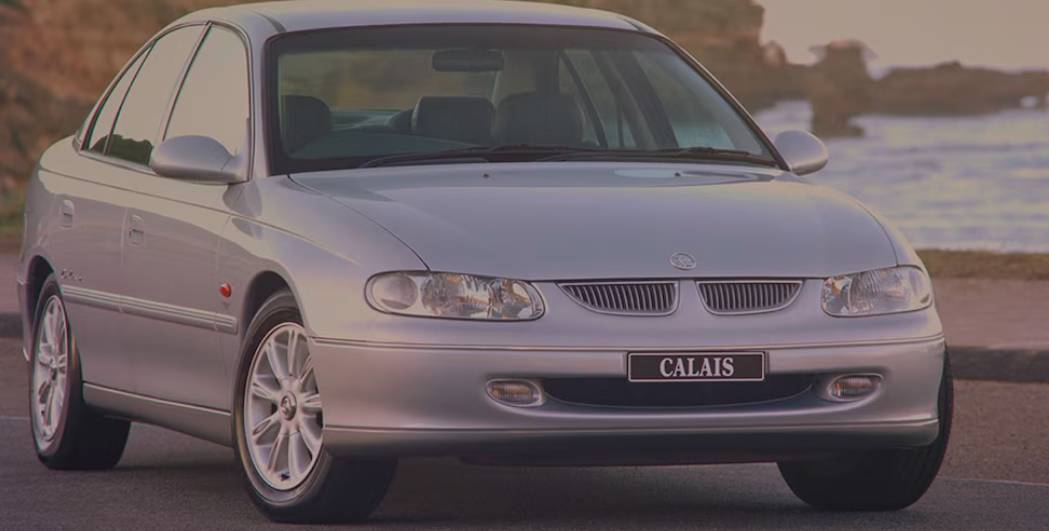
The VT Holden Calais was a huge success - Image Holden Heritage Archive
How Holden’s new V8 powered a new generation of HSV performance heroes, luxury long wheelbase variants, and exports to the Middle East.
HSV received the new LS1 engine, too, tuned to 250kW/473Nm thanks to a freer-flowing air intake, a dual exhaust system with extractors, and a tweaked computer.
In Holden and HSV guise the new V8 was available with the choice of four-speed auto or six-speed manual, with HSV manuals adopting a lower differential ratio (3.73 vs 3.46) to compensate for the engine’s softer bottom-end grunt, and to further improve performance.
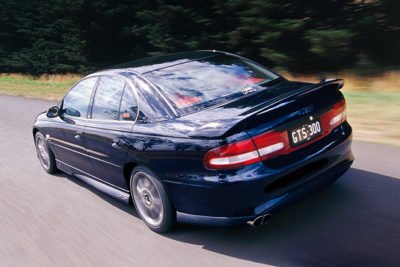
The HSV Series II GTS is a luxurious high performance saloon - Image HSV Archive
The Gen III V8 was also used as a platform to launch Holden’s all-new Statesman and Caprice long wheelbase models. Based on VT Commodore underpinnings the new WH series long-wheelbase Holdens replaced the VS-based models that had continued alongside the VT for nearly two years.
Significantly, these VT/WH standard and long-wheelbase Holdens were designed from the outset to be manufactured in right- and left-hand drive, kick-starting more than a decade of Aussie exports to the Middle East, badged as the Chevrolet Lumina and Caprice.
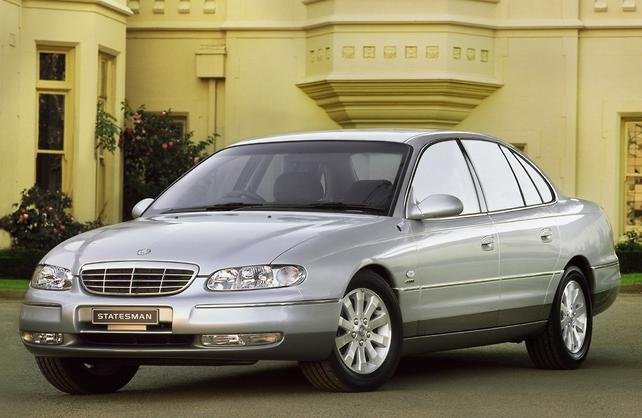
The Series II Statesman also benefitted from the new V8 - Image Holden Archive
As the new century approached, the V8 option was more popular than ever. But manufacturing problems meant some examples exhibited a noisy idle and excess oil consumption. Some of these problem engines were replaced under warranty and others rebuilt.
How HSV created a new performance hero with its epic 300kW Callaway C4B-powered GTS.
By 2000 an even more powerful version of the Gen III arrived beneath the bonnet of HSV’s relaunched GTS sedan. With assistance from US-based Chevrolet tuning specialist Callaway, the GTS’s C4B coded mill offered a mighty 300kW/510Nm thanks to modified cylinder heads, cam and throttle body. With even lower 3.9:1 axle gearing behind the six-speed manual, it provided almost Porsche-like acceleration for skilled drivers able to get the power down cleanly.
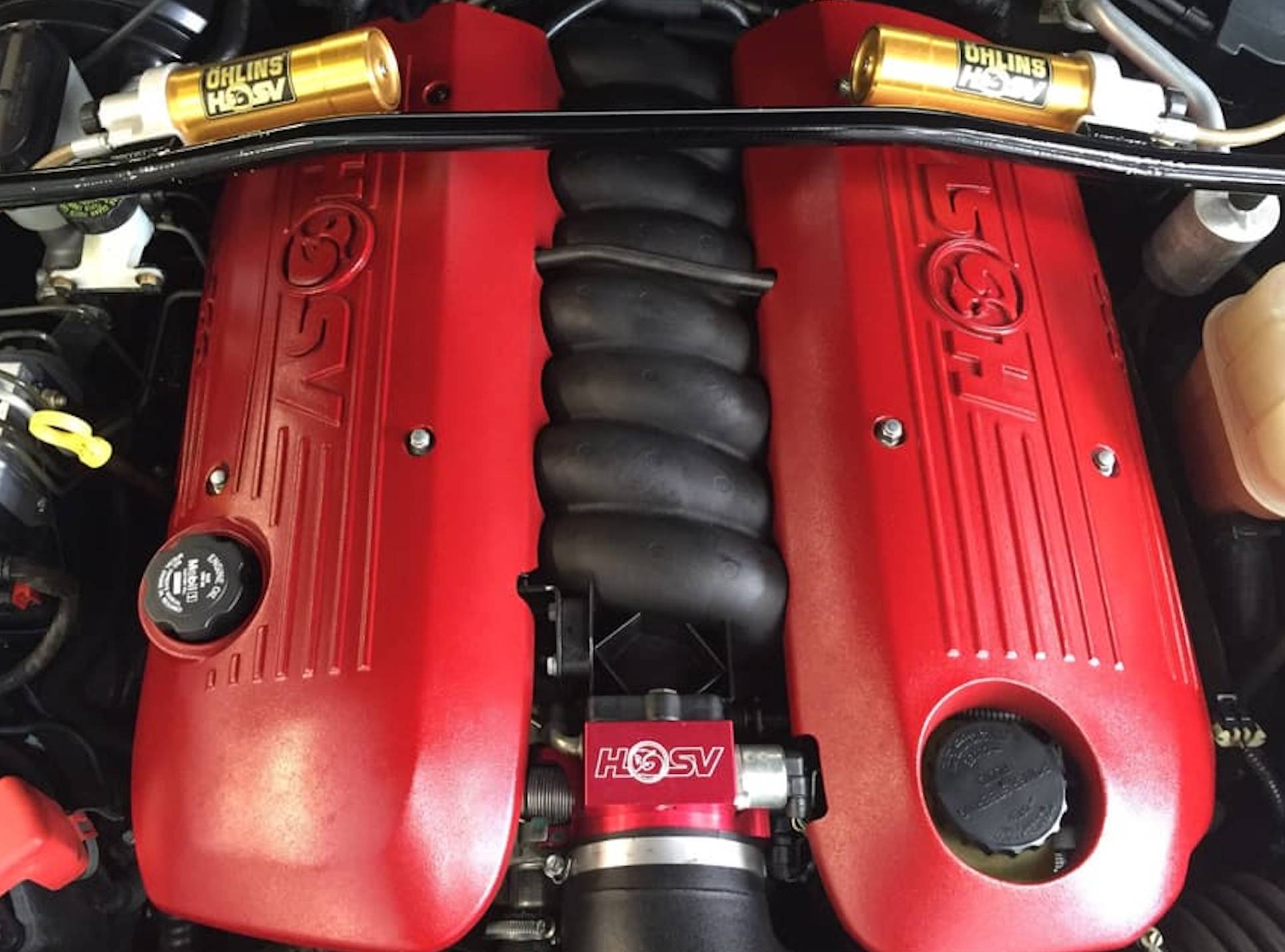
The Callaway HSV GTS was good for 300kW - Image HSV
Continual development over the ensuing years saw the LS1 gain more power for the VX and VY series Commodores, with outputs of 225kW, 235kW and 245kW available dependant on the model. Meanwhile, over at HSV, those figures climbed to 255kW, 260kW and 285kW during the engine’s time at HSV.
Aside from its epic turn in the GTS, the C4B also went on to see service in HSV’s Senator 300 and SV300 variants. Other significant models to use the Gen III V8 include the iconic 2003 Holden Monaro coupe, and HSV’s desirable two-door offerings the Coupe GTO and Coupe GTS.
“By 2000 an even more powerful version of the Gen III arrived beneath the bonnet of HSV’s relaunched GTS sedan.”
The Iron Lion! How this mighty Australian-made V8 powered generations of high-performance Commodores and Statesmans.”
HOLDEN’S MID-1999 introduction of the alloy LS1/Gen III 5.7-litre V8 into the Commodore meant bye-byes for the Australian-made Holden V8.
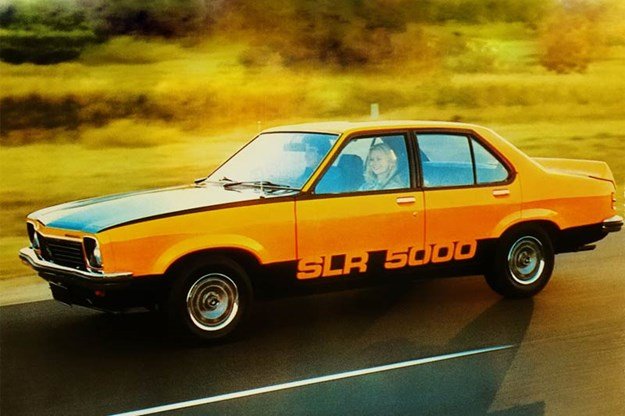
The V8 SLR 5000 now a highly sought after collectable - Image Holden Archive
Dating back to 1969, the Holden V8 was available as a 253ci (4.2-litre) and 308ci (5.0-litre) and used thin-wall casting tech for relatively light weight for its time. The intake manifold, timing case and water pump were alloy to reduce weight too.
Intended for right-hand drive cars, the Holden V8 had its oil pump above the sump, its starter motor on the passenger side and the driver-side cylinder bank staggered forward, all allowing easier fitment around the steering parts on Kingswoods, Toranas and Commodores. Some found a home in Holden-based, South African made Chevrolets, too.
How Peter Brock’s legendary turn at the wheel of a V8-powered Holden Torana A9X was written into Bathurst folklore.
During the 1970s, the Holden V8 became synonymous with legendary race driver, the late Peter Brock. Magic happened at the Bathurst race in 1979; Brock’s 5.0-litre V8 powered Holden Dealer Team (HDT) Torana A9X was fastest in qualifying so started from position one on the grid, led every lap and set a new lap record on the last lap as it won by six laps.
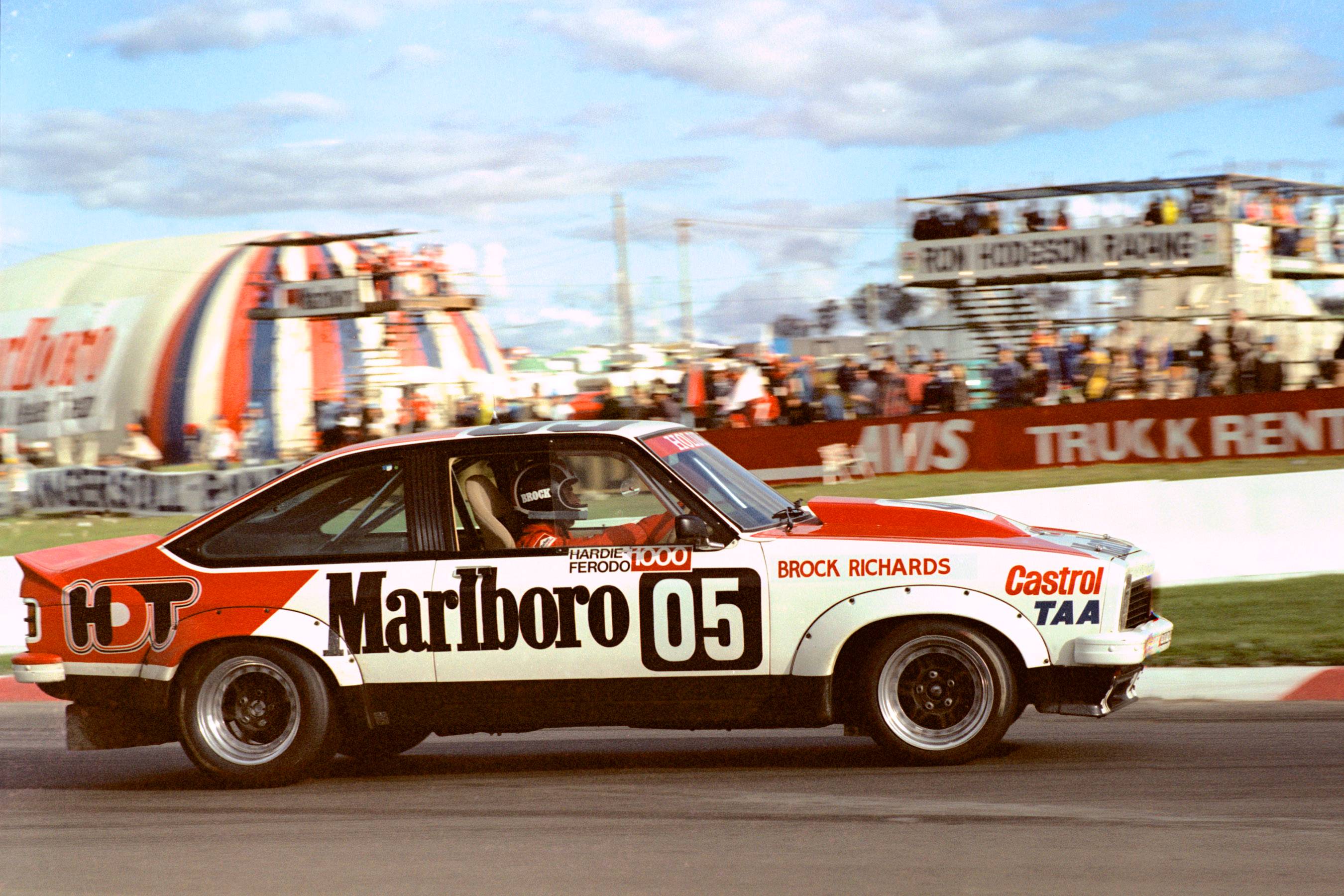
King of the mountain Peter Brock on his way to victory in the 1979 James Hardie 1000 - Image Holden Archive
In 1980 with Holden support, Brock established HDT Special Vehicles to develop road-going V8-powered high-performance Commodores and Statesman.
Famously, the Holden V8 cheated death in the mid-1980s. Holden planned to discontinue its V8 with the 1986 introduction of unleaded petrol, which the engine couldn’t tolerate. But once this news leaked out, a public outcry led to a ‘V8s ’til 98’ letter-writing campaign (no emails in those days!) forcing the company to change direction. The V8 was upgraded to cope with the ‘dreaded unleaded’ and lived on.
How EFI technology gave Holden’s V8 a new lease on life and helped create the VL Commodore SS Group A SV.
For the new, larger VN Commodore of 1988, the V8 was redesigned with new cylinder heads, intake system and electronic fuel injection. However, prior to the new V8’s introduction in mid-1989, the EFI tech was quickly adapted to a special-build V8 engine to create a ‘race special’ version of the VL Holden Commodore, the SS Group A SV.
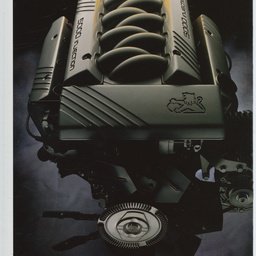
The venerable Iron Lion Holden V8 had multiple updates - Image Holden Archive
The upgrades gave the VN-spec new life, lifting power from around 122kW/325Nm (in its 1986 unleaded trim) to 165kW/385Nm. But those numbers don’t tell the whole story of the new engine’s terrific shove-in-the back urge. Plus it used less fuel than most four- and six-cylinder cars of the 1980s.
This refreshed Holden V8 was also the foundation for the new Holden Special Vehicles (HSV) that offered exclusive 180kW and 200kW versions. For 1994, a 5.7-litre, 215kW version arrived for use in the sporty GTS, luxury Senator and longer-wheelbase luxury Grange.
Those keen ‘V8s ‘til 98’ letter-writers repaid Holden with strong sales of V8s during the 1990s. The Iron Lion’s last hurrah was for the VT Commodore of 1997. A roller camshaft, low-tension piston rings, smarter sequential fuel injection and electric, rather than mechanical, cooling fans all helped extract more power and lower fuel consumption.
In the end, this durable Australian-made V8 far exceeded the hopes of all those ‘V8s ’til 98’ letter writers, remaining in production until 1999, when the curtain was finally drawn on a remarkable three-decade production run.
Pulls:
“The refreshed Holden V8 was also the foundation for the new Holden Special Vehicles (HSV) that offered exclusive 180kW and 200kW versions.”
Glenn Torrens

Get The Latest
Sign up for the latest in retro rides, from stories of restoration to community happenings.
